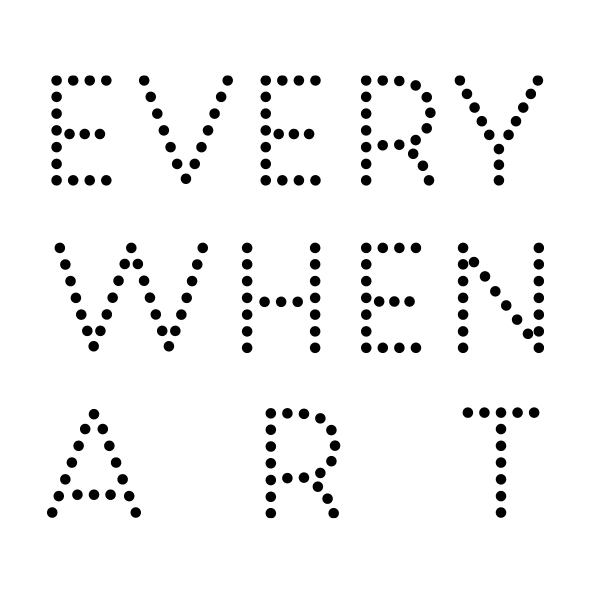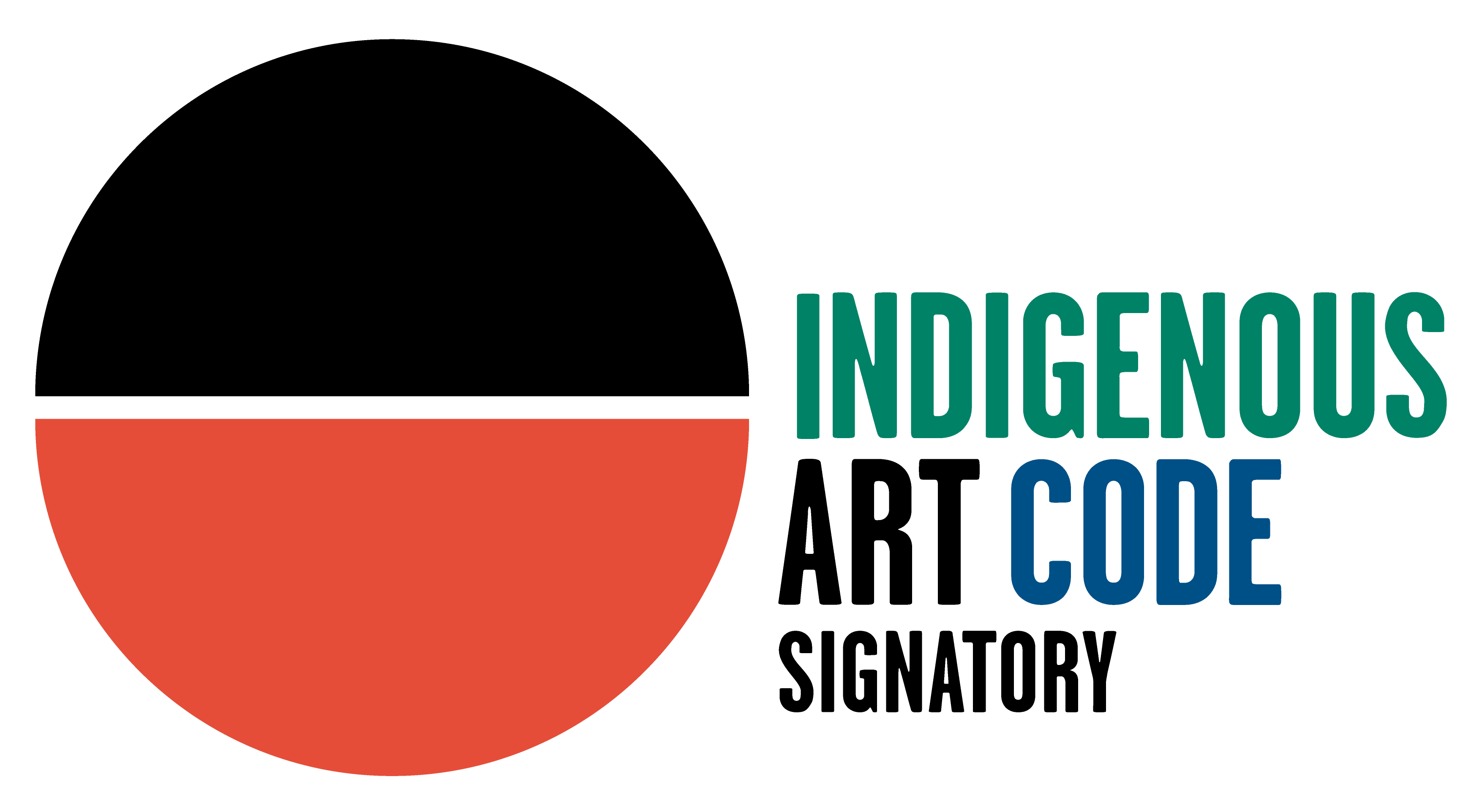Born 1962, Pularumpi, Melville Island. Lives and works Wurrumiyanga (Nguiu), Bathurst Island. Tiwi people. Country: Imalu, Melville Island (father) and Wangurruwu (Marluwu), Bathurst Island (mother). Skin group: Japijapunga (March Fly). Dance: Trick Dance.
Maria Josette Orsto (nee Apuatimi) was the first female Tiwi artist to become an official member of Tiwi Design, one of the oldest Aboriginal art centres in Australia. She is the daughter of renowned Tiwi artists Declan Apuatimi and Jean Baptiste Apuatimi. She works across a range of media including ochre and acrylic on canvas and paper, printmaking, batik and wood sculpture.
Orsto has exhibited widely since holding her first solo exhibition at AGOG Gallery, Canberra in 1990. She has been included in a number of significant group exhibitions including Maternal Lines: Jean Baptiste Apuatimi and Maria Josette Orsto, Charles Darwin University, Darwin (2012); UnDisclosed: National Indigenous Art Triennial, National Gallery of Australia, Canberra (2012); Nyini Parlingari Purrupakuluwunyi, Amintiya Kiyi Nyingani Awarra Jilamara: Looking Back, Looking Forward in Our Art, Charles Darwin University, Darwin (2010); Mamirnikuwi Yirrinkiripwoja Miyinga, Alison Kelly Gallery, Melbourne (2007); Kiripuranji: Clever with our Hands – Contemporary Art from the Tiwi Islands, Artbank International Touring Exhibition (2002–2005); Tiwi Prints – A Commemorative Exhibition 1969–1997, MCA, Sydney (1997); Tiwi Art: Tradition and Change, Tandanya, Adelaide (1994); Mamunukuwi Jilamara: Tiwi Women’s Art, Drill Hall Gallery, Canberra (1993); Flash Pictures, National Gallery of Australia, Canberra (1991); and Aboriginal Women’s Art, Art Gallery of New South Wales, Sydney (1990).
Orsto’s work is held in Australian and international private collections and in numerous public collections, including the National Gallery of Australia, Canberra; National Gallery of Victoria, Melbourne; Queensland Art Gallery | Gallery of Modern Art, Brisbane; Australian Embassy, Paris; and Seattle Art Museum, Washington.
From the MCA Collection Handbook by Keith Munro, Curator, Aboriginal and Torres Strait Islander Programs at the Museum of Contemporary Art Australia, Sydney:
Maria Josette Orsto’s artistic practice is inspired by the cultural fabric that defines the Tiwi Islands and underpinned by her interest in exploring new ways of expressing her connections to this culture. Her parents were great influences on her work. Her father Declan Apuatimi was a respected ceremony man and artist, and her mother was the revered senior artist Jean Baptiste Apuatimi.
Nestled approximately 80 kilometres north of Darwin in the Northern Territory at the junction of the Arafura and Timor seas, the Tiwi Islands have, over a long period of time, maintained a fierce sense of independence. Although geographically close to Arnhem Land, Tiwi culture, language and art practices are unique.
These characteristics are also evident in Orsto’s work across printmaking, painting and sculpture. She holds the distinction of being one of the first female members of not one but two art centres on the Tiwi Islands: Tiwi Designs, the island’s oldest art centre, located in the township of Wurrumiyanga (formerly Nguiu) on Bathurst Island, and Munupi Arts & Crafts Association on Melville Island. Within a broader understanding of contemporary art practice from the Tiwi Islands, Orsto’s work can be seen as having its own style that is very different to that of her peers.
Miyinga is the Tiwi word for scarification and is closely connected to sorry business. A scar is a mark left by a healed wound and is also a physical reminder of an event. In Orsto’s major work Miyinga (Scars) (2015) the act of painting ochre on canvas is a symbolic process, and just as important as the cultural codes defined within the work. Miyinga (Scars), however, was undertaken not out of a process of sorry business or the feeling of pain, but rather out of happiness, Orsto deliberately shifting the focus and intent of her creativity to fond memories of family members, friends and her own life.
In this painting Orsto’s working process is consistent in approach. After building up layers of painted ochre on the canvas, she undertakes a meticulous process of gridding that shifts the focus of the viewer’s attention to the condensed areas of the work and the subtle shifts in light conveyed through the use of colour.
Much of Orsto’s painting practice, and that of many Tiwi artists, centres on the use of the pwoja comb. This traditional painting comb is made by carving ridged lines along the flake of a reworked piece of ironwood that has been cut during the creation of a tutini (funeral pole). It is approximately the size of the palm of the hand. The ridged area of the comb is dipped in ochre and then, in a rhythmic process, rolled onto the canvas a number of times – a process that is repeated to slowly build up a pattern. The making of the work becomes a reflective experience, the very process of gridding in Miyinga a way of imprinting the artist’s memories onto the canvas.


